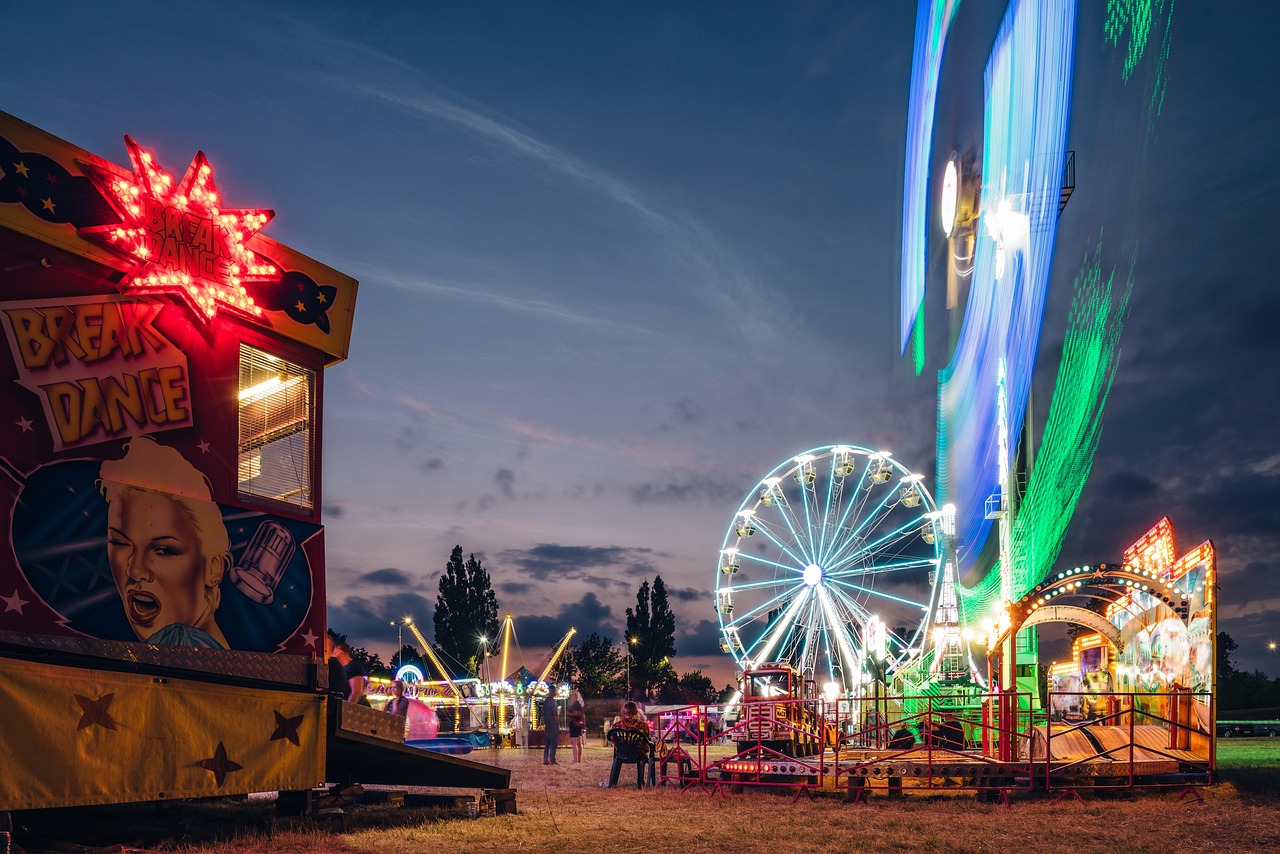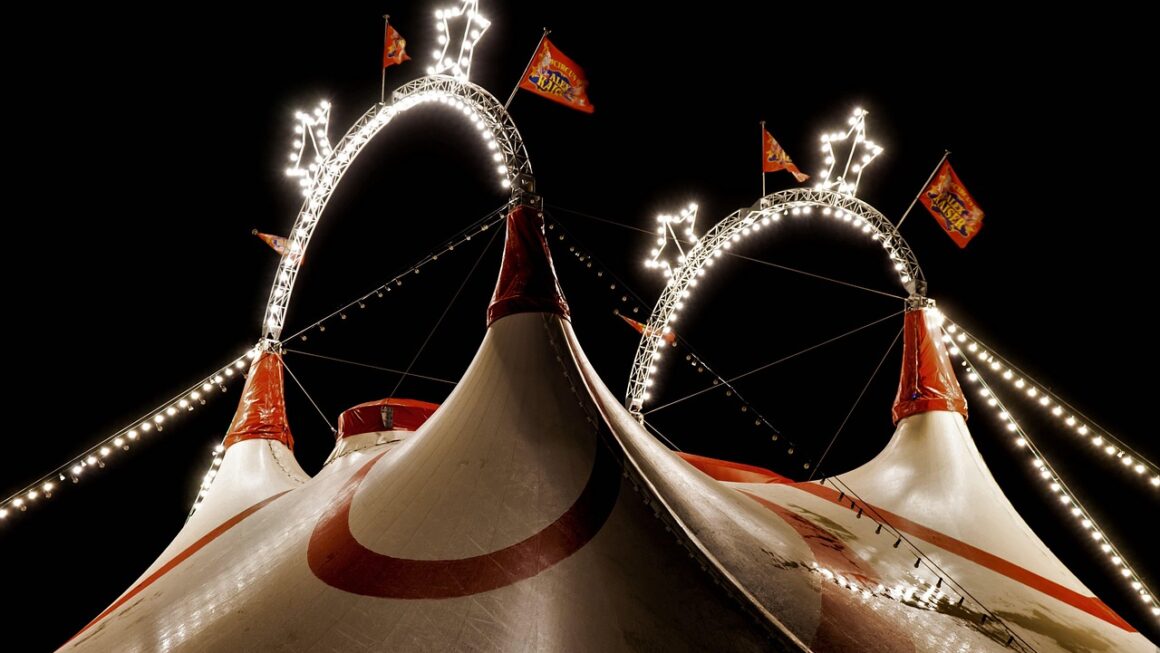Pop culture is more than just fleeting trends; it’s the heartbeat of our society, reflecting our values, anxieties, and aspirations. From the latest viral TikTok dances to critically acclaimed films and chart-topping music, pop culture shapes conversations, influences purchasing decisions, and even impacts political discourse. Understanding its dynamics is crucial for anyone looking to connect with a contemporary audience, whether you’re a marketer, artist, or simply a curious observer. Let’s delve into the multifaceted world of pop culture and explore its various dimensions.
What Exactly is Pop Culture?
Pop culture, short for popular culture, encompasses the widely disseminated tastes, ideas, and practices that dominate a society at a given time. It’s the stuff that’s “in,” the things everyone’s talking about, and the shared experiences that bind us together. It’s constantly evolving, driven by technological advancements, social movements, and the creative outputs of artists, entertainers, and everyday individuals.
Defining Characteristics
- Wide Appeal: Pop culture resonates with a large segment of the population, transcending age, gender, and socioeconomic status.
- Commercial Viability: Often, but not always, pop culture is commercially driven, with significant economic forces shaping its production and distribution. Think of the Marvel Cinematic Universe, a prime example of a franchise with immense commercial success and widespread popularity.
- Trend-Driven: Pop culture is characterized by trends that rise and fall in popularity. Remember the fidget spinner craze of 2017? A perfect example of a fleeting, yet highly impactful, pop culture phenomenon.
- Reflects Societal Values: Pop culture often mirrors and reinforces (or challenges) the dominant values, beliefs, and anxieties of a society. Shows like “Black-ish” address important social issues while remaining entertaining and accessible to a broad audience.
Distinguishing Pop Culture from High Culture
While high culture, such as classical music, opera, and fine art, is often associated with exclusivity and intellectual sophistication, pop culture is generally more accessible and democratic. That isn’t to say that pop culture lacks artistic merit; rather, its appeal lies in its immediacy and relevance to everyday life. Consider the difference between attending a performance of Shakespeare versus going to see a blockbuster superhero movie – both offer unique cultural experiences, but cater to vastly different audiences and tastes.
Key Elements of Pop Culture
Pop culture is a vast and diverse landscape. Several key elements contribute to its ever-changing tapestry.
Music and Entertainment
- Music: From Top 40 hits to viral dance challenges, music plays a central role in pop culture. Consider the impact of artists like Beyoncé, Taylor Swift, and Drake, whose music transcends entertainment to become cultural touchstones.
- Film and Television: Blockbuster movies, streaming series, and reality TV shows shape our perceptions and provide common ground for conversations. The success of shows like “Stranger Things” and “Squid Game” demonstrate the power of streaming platforms to create global pop culture phenomena.
- Gaming: Video games have evolved from a niche hobby into a mainstream form of entertainment, influencing music, fashion, and even social interactions. Games like “Fortnite” and “Minecraft” have become cultural playgrounds, where players interact, create, and express themselves.
Fashion and Lifestyle
- Fashion Trends: From haute couture to street style, fashion reflects and influences pop culture. The cyclical nature of fashion means that trends from past decades often resurface, adapted for contemporary tastes.
- Lifestyle Choices: Pop culture impacts our dietary choices, fitness routines, and travel destinations. The rise of veganism, the popularity of yoga and mindfulness, and the trend of “glamping” are all examples of how pop culture shapes lifestyle choices.
Technology and Social Media
- Social Media Platforms: Platforms like TikTok, Instagram, and Twitter are the engines of modern pop culture, facilitating the rapid spread of trends, memes, and viral content.
- Technological Innovations: The introduction of new technologies, such as virtual reality (VR) and augmented reality (AR), constantly reshape how we experience and interact with pop culture.
The Impact of Pop Culture on Society
Pop culture’s influence extends far beyond entertainment, impacting various aspects of our lives.
Shaping Attitudes and Beliefs
- Social Commentary: Pop culture can provide a platform for social commentary and raise awareness about important issues. Films, television shows, and music can challenge stereotypes, promote inclusivity, and spark conversations about social justice.
- Influence on Values: Repeated exposure to certain themes and messages in pop culture can shape our values and beliefs. It’s important to be critical of the media we consume and to recognize its potential impact on our worldview.
Driving Economic Activity
- Consumer Trends: Pop culture influences consumer behavior, driving demand for products and services. The success of a film franchise can lead to a surge in sales of related merchandise, from toys and apparel to video games and theme park attractions.
- Marketing and Advertising: Marketers leverage pop culture trends to connect with consumers and promote their products. Celebrity endorsements, tie-in promotions, and viral marketing campaigns are all strategies used to capitalize on the power of pop culture.
Fostering a Sense of Community
- Shared Experiences: Pop culture provides shared experiences that bind people together. Discussing the latest episode of a popular TV show, attending a concert, or participating in a viral trend can create a sense of belonging and connection.
- Online Communities: Social media platforms have fostered the growth of online communities centered around shared interests in pop culture. These communities provide spaces for fans to connect, discuss, and create content related to their favorite movies, TV shows, and music artists.
Navigating the Ever-Changing Landscape
Keeping up with pop culture can feel like a full-time job, but there are strategies to stay informed without feeling overwhelmed.
Tips for Staying Current
- Follow Reliable News Sources: Stay informed by reading reputable news sources that cover pop culture trends. Publications like The New York Times, Rolling Stone, and Variety offer in-depth coverage of the entertainment industry and emerging trends.
- Engage with Social Media (Strategically): Utilize social media platforms to discover new music, movies, and trends, but be mindful of the potential for misinformation. Follow influencers and accounts that you trust, and be critical of the content you consume.
- Listen to Podcasts and Watch YouTube Channels: Podcasts and YouTube channels offer a convenient way to stay up-to-date on pop culture news and commentary. Many creators provide insightful analysis and reviews of the latest movies, TV shows, and music releases.
Differentiating Fads from Lasting Trends
- Longevity: Consider how long a trend has been popular. Fads tend to be short-lived, while lasting trends often evolve and adapt over time.
- Cultural Impact: Assess the trend’s impact on society. Does it reflect a deeper cultural shift, or is it simply a superficial phenomenon?
- Commercial Backing: Determine whether the trend is driven primarily by commercial interests. While commercial viability is not necessarily a negative thing, it’s important to recognize when a trend is being manufactured for profit.
Conclusion
Pop culture is a dynamic and influential force that shapes our world in countless ways. By understanding its key elements, impact, and trends, we can better navigate this ever-changing landscape and appreciate its role in reflecting and shaping our society. Whether you’re a casual observer or a pop culture enthusiast, staying informed and engaging critically with the media we consume is essential for understanding the world around us.




